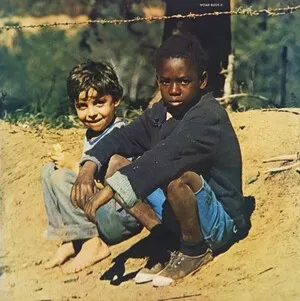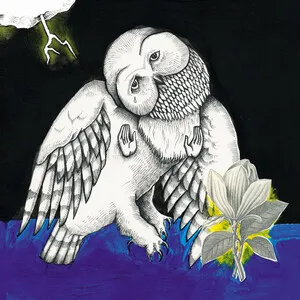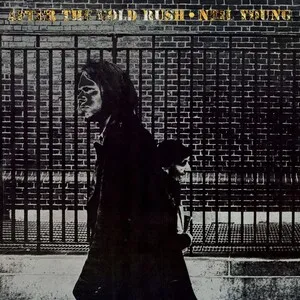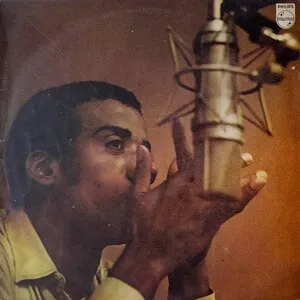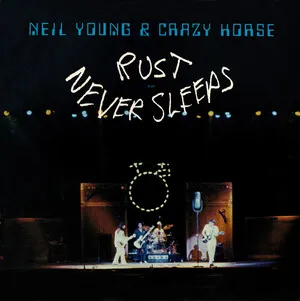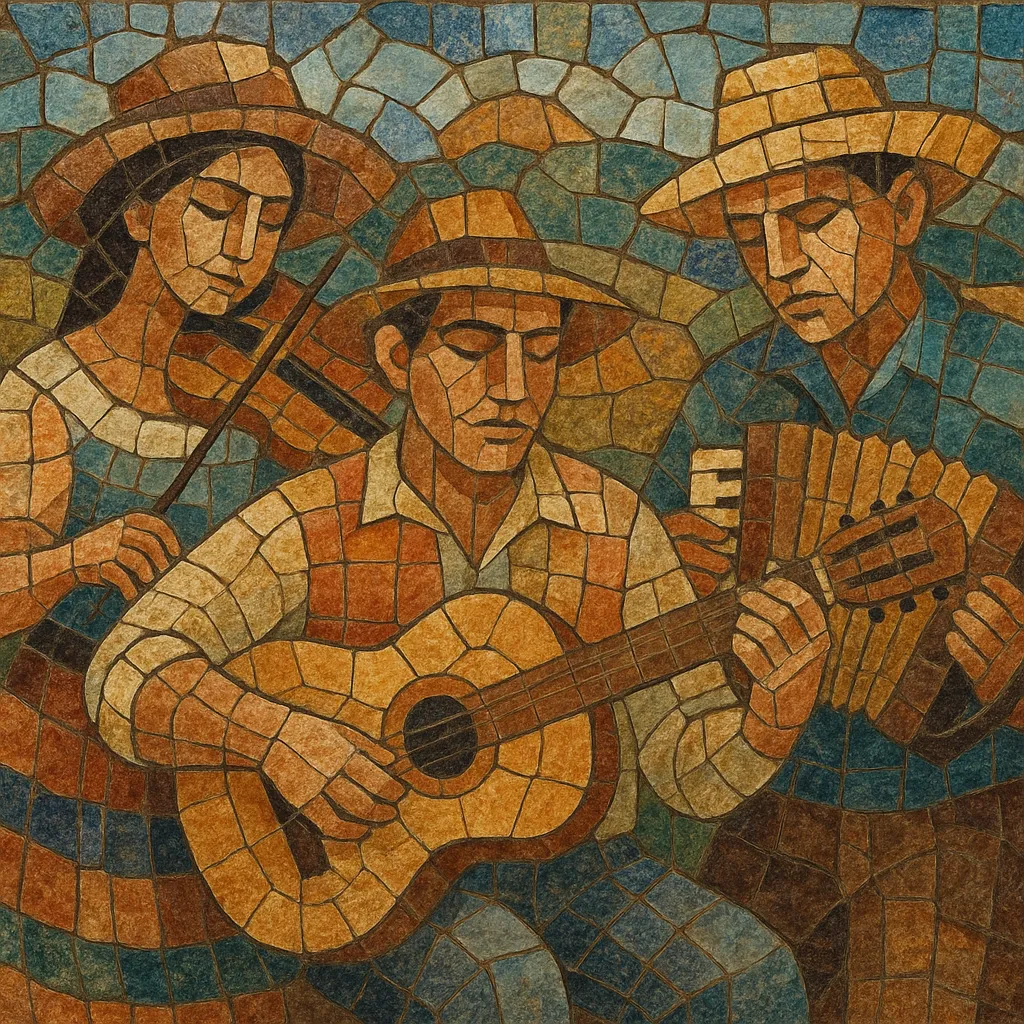
Regional music is an umbrella term for locally rooted musical styles that are strongly tied to a specific place, community, and cultural practice. Rather than denoting one uniform sound, it encompasses many traditions whose instrumentation, rhythms, language, and performance customs reflect the history and daily life of a region.
In the recording era, labels, radio programmers, and later streaming platforms used “regional music” to group market- or scene-specific traditions (for example, Cajun in Louisiana, son in Cuba, morna in Cape Verde, or Irish traditional music). The term highlights locality, vernacular identity, and continuity with folk or indigenous practices, even when these styles modernize or cross over into pop and rock contexts.
Regional music grows out of community ritual, work, celebration, and storytelling. Long before the recording industry, local scales, dance rhythms, instruments, and vocal practices were transmitted orally within villages, clans, and towns. These practices formed the cultural DNA of later, named regional styles.
With the advent of commercial recording and regional radio, local styles were documented and marketed beyond their home areas. Labels issued “field” and “vernacular” recordings, and broadcasters created market categories that effectively treated clusters of local styles as regional segments. This period preserved repertoire and spread regional identities to migrant and diaspora communities.
Postwar migration, tourism, and festival circuits carried regional sounds internationally. Musicians blended regional idioms with rock, pop, and jazz, giving rise to hybrids and the later industry tag “world music.” Prominent revivalists and export-ready ensembles helped standardize band formats and stagecraft for touring, while still foregrounding local identity.
Streaming and social media made it easier for regional scenes to reach global listeners without major-label gatekeepers. Cross-border collaborations accelerated, and producers modernized arrangements while retaining emblematic instruments and rhythms. Today, “regional music” functions as a flexible descriptor for place-based styles that continue to evolve while signaling rootedness and community.
Identify a specific region and study its core dance forms, song types, language/dialect, and social contexts (festivals, work songs, rituals). Listen to classic and contemporary local recordings and note recurring grooves, forms, and melodic turns.
Use emblematic local instruments (e.g., accordion and fiddle for Cajun; lute/cordophone types in many Afro‑Atlantic styles; frame drums or hand percussion in Middle Eastern traditions). If substituting modern instruments, emulate the attack, register, and rhythmic role of the originals.
Start from the region’s primary dance rhythms and meters. Many regional styles use two- or three-part forms with call-and-response, refrain-based structures, or strophic verses. Keep groove consistency; regional danceability often depends on a stable ostinato and percussion patterns.
Study the local modal palette (e.g., pentatonic variants, maqām-related modes, or mixolydian inflections). Melodic contours often feature narrow-range, stepwise motion with ornamental turns specific to the tradition—add grace notes, slides, or microbends as appropriate.
Some regional styles are modal or drone-based with minimal chord changes; others adopt simple I–IV–V or II–V progressions. Match harmonic density to the tradition: keep sparse for drone/modal styles; use straightforward triads for dance-song forms; avoid lush jazz extensions unless historically grounded.
Write in the local language or dialect, referencing regional themes (landscape, migration, trades, love, festivity). Maintain storytelling clarity and use established verse meters or refrains. Vocal timbre and ornamentation should reflect local technique (e.g., open-throat calls, nasal placement, or tight vibrato).
Center the groove and lead instrument(s). Record in live-room settings to capture ensemble interplay, or blend with subtle modern production that preserves acoustic character. Pan percussion and melody to mirror traditional stage layout; avoid overcompression that flattens dynamic accents essential for dance.
Respect dance tempos and cue changes that support community participation. Incorporate call-and-response and audience claps/shouts where customary. Prioritize feel and cultural cues over virtuosity.

